While chatbots have been around for decades, it was not until the late 2000s that more companies started experimenting with their capabilities. Now, retailers use them daily for both easy and more complex customer queries, sometimes even leveraging upselling and cross-selling opportunities. Adhering to the latest chatbot best practices and implementing consistent and seamless customer service is vital to an optimal shopping experience. As chatbots are a convenient solution to driving engagement through quick problem-solving, their benefits increase with the rise of AI.
AI, machine learning, and chatbots allow a retailer to be available at all times while freeing up human customer service representatives. This results in more personalized interactions, and the more advanced the chatbot, the more useful it will be for a brand. Statistics indicate that close to 40% of global Internet users prefer to engage with chatbots over virtual agents, and as retail increasingly adopts digital technologies, it is expected that chatbots will continue to gain popularity. So, if you would like to find out more about the secret powers of chatbots, take a look at this piece to learn more.
Table of Contents
- > Why chatbots matter for omnichannel retailers
- > 15 chatbot best practices
- > Prioritize user experience
- > Set clear objectives
- > Ensure seamless integration across channels
- > Invest in Natural Language Processing (NLP)
- > Regularly update chatbot content
- > Handle every escalation effectively
- > Train with real customer queries
- > Offer multilingual support
- > Prioritize data security
- > Collect and analyze feedback
- > Optimize for mobile use
- > Personalize interactions
- > Set expectations with users
- > Promote your chatbot effectively
- > Never skip testing
- > Navigating the digital frontier: The future of chatbots in omnichannel retail
Why chatbots matter for omnichannel retailers
Chatbots allow retailers to excel at customer service, improve their daily operations, and much more. Here’s how businesses leverage chatbots to maximize ROI and resonate with customers, making their shopping journey easier.
The shift to digital consumerism: How chatbots cater to the evolving digital shopper
With more than 2 billion people now shopping online, retailers have had to adjust the customer service process to accommodate these customers. Chatbots emerged as one of the solutions to enhance the online experience. Because a retailer can program chatbots to pop up when people are on their website, these tools engage digital customers similarly to in-store representatives. When a customer enters the website, a chatbot greets them, offering assistance. Like in a store, the customer can bypass the chatbot if they’re just browsing or use it to ask basic questions about the merchandise. This tool effectively replicates the level of customer service a person would receive if they were in the store.
Chatbots take service deeper, learning customer habits and preferences and using this information to make product suggestions. A chatbot can also guide customers through the checkout process or answer simple questions about products. Moreover, they can provide 24/7 support and attend to customers even outside a business’s working hours.
Streamlining customer service: The role chatbots play in instant query resolution
Chatbot best practices involve recreating the human experience as closely as possible. Conversational artificial intelligence (AI) has allowed chatbots to mimic human voice and tone when interacting with customers. Because they can essentially function like a human service agent for simple queries, chatbots have allowed retailers to deliver faster service to customers without compromising quality.
Companies using chatbots for customer service offer instant customer support to those who need it. They don’t have to hire more resources or outsource their customer service capabilities. The chatbots can handle frequently asked questions and simple queries and escalate the issue to a human agent when needed. Chatbots also free up time for human customer service agents to resolve other, more complicated issues effectively.

15 chatbot best practices
Business owners interested in using chatbots to engage their customers can follow these chatbot best practices to enhance the user experience.
Chatbot best practice #1: Prioritize user experience
Following chatbot best practices for user experience (UX) is critical in giving customers an efficient shopping journey, and eliminating friction. Customers should be able to find the chatbot easily on the website, and it should speak to them in a conversational tone that matches the retailer’s branding image. Paying attention to UX helps make automated customer service less frustrating. Because customers know how to find the chatbot and what to ask it, they can easily resolve their simple questions.
Before adding a chatbot to their website, retailers should consider how it will interact with customers. The chatbot interface should be easy to find. It should include a branded avatar tailored to the target audience. Customers are more likely to interact with a chatbot if they find the avatar appealing.
Retailers should program their chatbot to use content that aligns with their brand. When building the chatbot, they should use terminology that matches the brand’s overall copy strategy to offer a cohesive customer experience.
Chatbot best practice #2: Set clear objectives

One of the best practices for chatbot building is to have a set of clear goals in mind before getting started. Instead of jumping into building and programming their chatbots, retailers should first create a list of problems they intend to solve using this tool. Then, they should tailor the chatbot based on their goals.
For example, if a retailer wants to enhance response times and free up human agents, they would likely spend more time programming the chatbot to answer frequently asked questions rather than focusing on product recommendations or other capabilities.
Retailers should also be realistic about their chatbot success rate. A recent survey found that chatbots can solve 58% of return and cancellation issues but only 25% of customer complaints. If a retailer’s primary goal is to improve customer satisfaction, they may need to take a more holistic approach to customer service.
Chatbot best practice #3: Ensure seamless integration across channels

Chatbots aren’t limited to a retailer’s website. They can also handle customer service inquiries through Facebook Messenger, SMS, and other channels. Businesses that want to follow the latest chatbot best practices should ensure that customer service messaging is consistent across all channels. Chatbots should be able to provide the same answers and use the same language and tone regardless of where they answer the inquiry.
Chatbot best practice #4: Invest in Natural Language Processing (NLP)
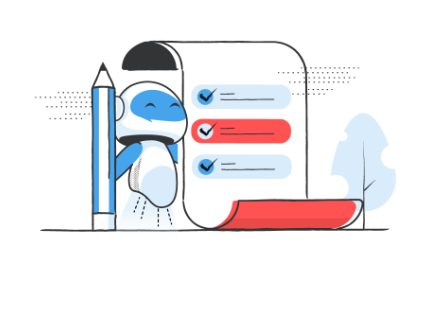
Chatbot best practices involve relying on tools such as OpenAI that use predictive analytics and algorithms to respond to user queries. Natural language processing (NLP) allows chatbots to mimic human speech in a way that feels more natural to retail customers. It also gives chatbots the tools they need to prioritize customer questions and change direction when a customer shifts the conversation. With NLP, chatbots can offer a higher level of customer service than answering simple queries. They can help human agents resolve some of the more mundane tasks.
Chatbot best practice #5: Regularly update chatbot content
Customer service needs fluctuate. Queries may vary based on the season, various promotions, and other information. To align with customer expectations, chatbot best practices advise retailers to update their content regularly, allowing their chatbots to handle queries with relevant information.
Retailers should do a regular sweep of their content to remove outdated data and update information. This way, customers will always have access to the most current information. AI-powered chatbots also use content to learn how to respond to future customer queries. With new, updated content, chatbots can better anticipate customer needs and craft the appropriate response.
Chatbot best practice #6: Handle every escalation effectively
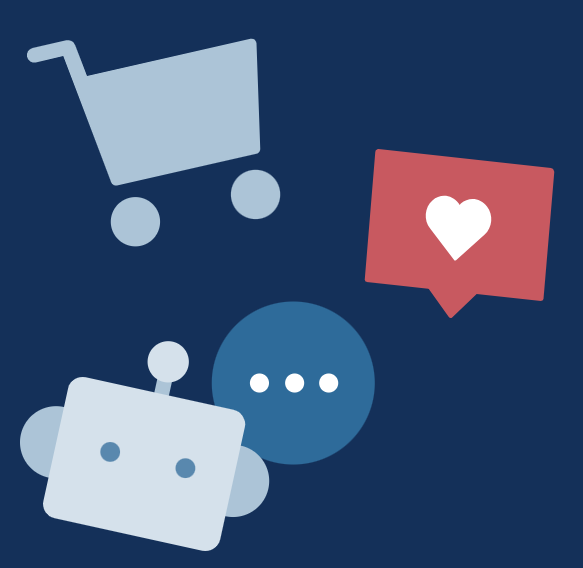
While chatbots are great for freeing up human customer service representatives, they can’t handle every query. When building their chatbot, retailers should enter escalation pathways that allow the chatbot to transfer the issue to a representative. Chatbot best practices involve creating ways for the chatbot to detect customer frustration. Once they do so, chatbots should automatically hand the issue to a human representative.
With current chatbot builders, retailers can ensure their human agents get the pressing customer inquiries or complaints. Retailers can program specific trigger phrases into the chatbot that signal the bot to escalate the ticket. Their human customer service agents can access the whole conversation for context before they answer the customer’s chat room. This eliminates the need for customers to restate their issues or concerns multiple times and reduces frustration. Some chatbot builders also offer a menu in which the customer can opt to escalate the call.
Chatbot best practice #7: Train with real customer queries
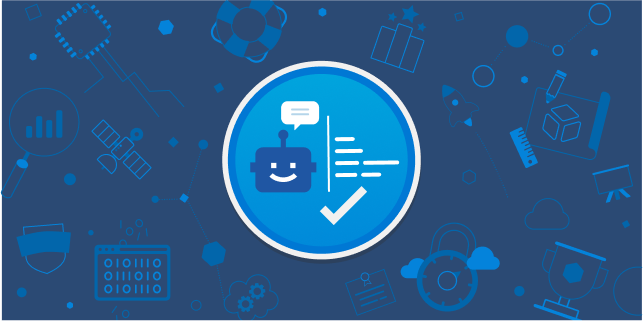
AI-powered chatbots use machine learning to offer the right answer to a customer inquiry. The best way to facilitate machine learning is to use real customer interactions. Uploading text from multiple customer interactions allows the chatbot to read through common questions and answers and reasonably predict what a customer needs.
Chatbot best practices involve having programmers enter text and scripts from real customer queries into the chatbot and allowing the chatbot to guess the right answer. With each interaction, the programmer can edit the response. Over time, the chatbot will learn the correct answers to each query, allowing it to offer better information.
Retailers building their chatbots should start with their most frequently asked questions and then mine through customer data to find other common inquiries. They can also take text from their social media messaging apps and other existing digital customer service channels.
Chatbot best practice #8: Offer multilingual support

NLP is currently only fluent in a limited number of languages. However, programmers across the world are working on programming models that enable programs using NLP to respond in multiple languages. Since eCommerce connects retailers with customers worldwide, it’s important to offer chatbots that respond to customer queries in multiple languages. Retailers should look for a tool that supports more than one language. When building chatbots, they should make a list of the languages most frequently used by the majority of their customers and choose a solution that operates using these languages.
Chatbot best practice #9: Prioritize data security

Data security is important to the majority of customers. And since chatbots require user data to function correctly, customers may worry that their information is insecure and resist using the chatbot to handle their inquiries. To protect customer data, retailers should follow chatbot security best practices by investing in adequate cybersecurity.
They should also implement clear opt-in and opt-out procedures before letting chatbots communicate with customers. Secure protocols and end-to-end encryption will keep customer data safe from third-party users. Additionally, companies using chatbots for customer service should use secure platforms and cloud servers to manage chatbot data.
Chatbot best practice #10: Collect and analyze feedback

Like their human counterparts, chatbots learn from feedback. Retailers often distribute satisfaction surveys after customer service calls. They can also use this practice to enhance chatbot interactions. Chatbot best practices for improving service involve gathering and analyzing feedback. Collecting data using open-ended questions gives retailers insight into which chatbot features customers appreciate and which could be improved.
For example, if a customer indicates that the chatbot asked too many questions before landing on the right answer, a retailer will know they need to update their content. On the other hand, if a customer states that their customer service representative seemed robotic, a retailer can reprogram the standard greeting and tweak the NLP for a more conversational style.
Chatbot best practice #11: Optimize for mobile use
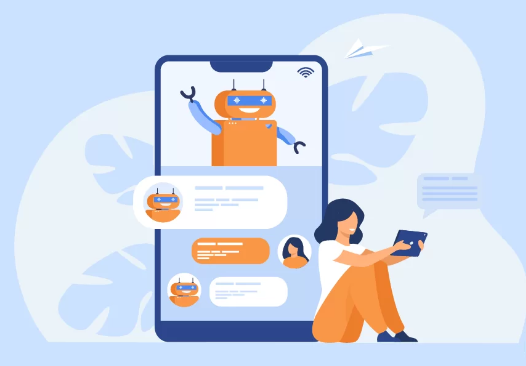
In 2023, the majority of online shoppers used mobile devices to browse sites and make purchases. If a chatbot doesn’t function on mobile devices, customers may not be satisfied with their service. Before they deploy their chatbots, retailers should test them on multiple devices to see how they look and respond. They can check to see if it’s easy for a customer to type their inquiry and see the chatbot’s response.
A customer should be able to see the text and respond to queries without scrolling. When optimizing for mobile devices, retailers should simplify navigation and minimize load times. Additionally, retailers should ensure their pop-up chatbots don’t impact customer navigation. Users should easily minimize these pop-ups.
Chatbot best practice #12: Personalize interactions

Like other digital marketing efforts, retailers should personalize customer communication via chatbots. Segmenting the target audience allows a retailer to customize marketing language and offers based on what a specific segment would appreciate. Some chatbot tools can also use segmentation data to personalize interactions with customers, keying in on words and phrases that resonate with the customer’s segment.
Some chatbot platforms integrate with customer relationship management (CRM) software. Retailers can use these integrations to upload CRM data to the chatbot, allowing personal touches in chatbot conversations. The chatbot can use data analytics to recommend similar products or promotional offers to customers.
This might not align with chat support best practices, however. For example, if a customer is dissatisfied with their purchase and files a complaint, they might not be open to a chatbot offering them new products. Retailers should train their chatbots on when it is appropriate to recommend products and special offers and when to direct a customer to a service agent.
Chatbot best practice #13: Set expectations with users
Although chatbots have come a long way since their earliest iterations, they can’t do everything. Chatbot best practices involve managing both customer and employee expectations for what a chatbot can realistically handle. Proper onboarding tools, such as informational videos and tutorials, will offer guidance to customers and employees. Human service representatives can also train customers to use chatbots effectively.
Chatbot best practice #14: Promote your chatbot effectively
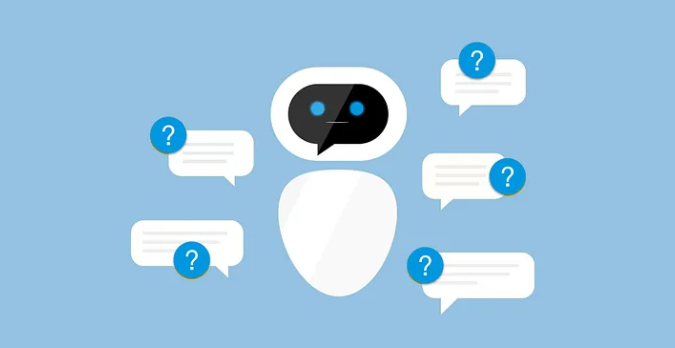
Retailers using chatbots for customer service can encourage customers to embrace the solution by communicating its value in multiple places. Promoting a chatbot is a good way to communicate a company’s dedication to innovation. It also offers a subtle way to let customers know what to expect when interacting with the chatbot. Retailers can do so by crafting social media posts and blogs about their chatbots and finding other engaging ways to build excitement.
When promoting their chatbots, retailers can also create informative content, and encourage user-generated content or contests. With well-organized campaigns, brands can educate their audience on the capabilities of their chatbot. They can instruct users how to post for best results and what kinds of queries still need human intervention. This will allow them to train customers on using the chatbot early on and set expectations.
Chatbot best practice #15: Never skip testing

For retailers using chatbots for customer service, testing is crucial. Chatbot best practices include testing the chatbot regularly to make sure it is functioning correctly and meeting its goals. Regular testing allows companies to detect and fix bugs and errors. It ensures consistent quality and helps assess the user experience. Members of a retailer’s marketing team can visit the company’s website and have a customer service interaction with the chatbot. They can assess its tone and voice, ensuring it matches company branding.
A retailer should also test their chatbot using multiple devices. Rather than doing so with one smartphone, they should use different brands and sizes of phones to check whether the chatbot operates correctly on each. Through regular testing, retailers can continuously improve the user experience.
Navigating the digital frontier: The future of chatbots in omnichannel retail
As customers navigate the digital world, they will likely interact with chatbots more often. If retailers want to make this experience seamless for their audiences, they should implement the chatbot best practices and enhance the omnichannel journeys they provide. By building a comprehensive online solution to resolve customer inquiries, retailers can offer consistent and convenient service all time round. This will boost customer engagement and satisfaction as well as free up time for customer service agents to tackle more complex tasks.
Chatbots are a small but important part of omnichannel retail, and companies that want to thrive in the digital setting should not skip on it. Fortunately, ContactPigeon allows retailers to integrate chatbot services with the rest of our omnichannel platform for a complete and seamless customer experience.
By partnering with ContactPigeon, retailers can leverage top technology and analytics to scale their businesses and attract more customers. We make it easy to offer better customer service through automation, personalized interactions, and more. Contact us today to learn more about our omnichannel solutions.

Let’s Help You Scale Up


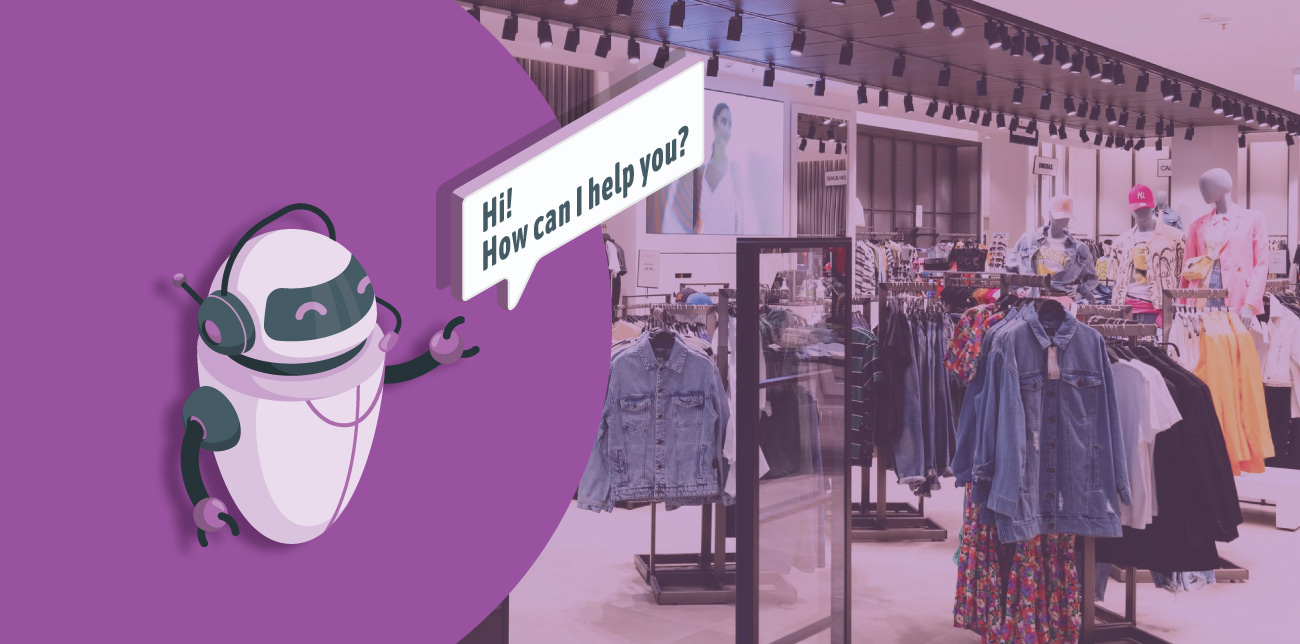
![Benchmarking Growth Strategies of Top Fashion Retailers [Study]](https://blog.contactpigeon.com/wp-content/uploads/2025/11/top-fashion-retailers.jpg)
